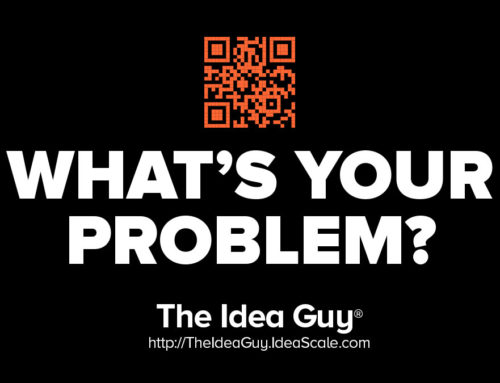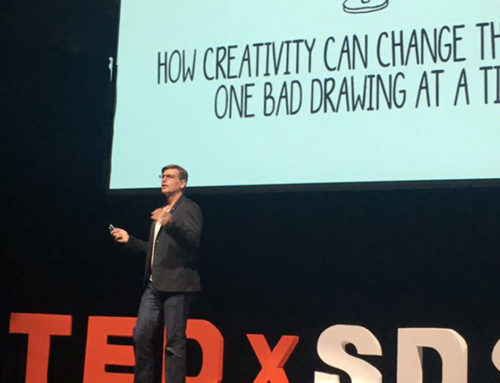How to Develop a Creative Profile
The Idea Guy • June 2, 2016
A Creative Profile is a document, written by you, that reflects on the different aspects of your current ability to be creative.
In my class, Creativity + Innovation, I teach business people how to be more like creative people. One of the tools I use to accomplish this is a Creative Profile.
A Creative Profile is a document written by you answering questions designed to address various facets of creativity: Motivation, curiosity, fear, stress, connection making, connect breaking, evaluation, self-confidence and innovation. There are no right or wrong answers: they are what they are. When completed honestly, this document will help you better understand who you are today, and who you are not.
Read each of questions under each item to get your thoughts moving in that direction. Do not answer each question literally. Write an answer, using my questions as a starting point. as accurately and honestly as you are able.
You can write as little or a much as you want, although the more you write the more you will learn about your creative self. Push yourself to start with 3-5 sentences for each section of the creative profile.
Motivation
- What is your motivation? Intrinsic (passion, belief) or Extrinsic (money, power)?
- Do you know what you want from your life?
- What do you want to be when you grow up?
- What is your special purpose?
Curiosity
- Do you allow yourself time to explore your interests?
- Do you learn daily?
- Do you have fun?
- Are you satisfied?
- Do you want more?
Management of Fear and Stress
- Are you able to manage fear and stress in your life?
- Does anxiety overtake you?
- Are you able to share your fears in a humorous light?
- Can you move forward when you are afraid or stressed?
Connection Breaking
- Can you accept when things don’t work?
- Can you be wrong?
- When is wrong acceptable?
- Can you be silly?
- Can you tolerate ambiguity, or the unknown?
Connection Making
- Do you enjoy new ideas, and the unknown?
- Do you appreciate others ideas?
- Can you create absurd ideas at will?
- Do things have to make sense to you?
- Can you move forward even if things aren’t logical?
Creative Evaluation Capability:
- Can you identify merit in all ideas?
- Can you support others ideas?
- Do all ideas have good parts, or bad parts?
- Can you like an idea even if you don’t think it will work?
Self-Confidence
- Are you a confident person?
- Can you find answers to problems you don’t know anything about yet?
- Tell me why I should think you are creative.
- Can you listen to criticism without it creating fear?
- Do you react negatively if your confidence is questioned?
Ability to Innovate
- Can you create a new idea?
- Can you create a multitude of new ideas?
- Can you accept a compromised idea?
- Can you identify a good idea and get an idea to work?
- Can you get others to follow your ideas?
My students complete this at the beginning of class, in the middle and on the last day (approximately two months apart). What I usually see is that some people work very hard on completing their profile, and some do not. Those that are honest with themselves get an accurate starting point. Over time they can work on the parts that they think will improve their creativity – and they become more creative.
When creating a team a creative profile is helpful in selecting the right people. For instance, it would be helpful to create a team that compliments each other – where one is weak another would be strong so that all capabilities were present. It would not be productive to have a team full of people who cannot handle fear of the unknown or that fall apart when their idea is criticized.
Questions about developing your Creative Profile? Send me a message and I’ll answer any question you have about developing your creative profile. I’m committed to helping people, just like you, be more creative 😉
References
Creativity, Inc : Building an Inventive Organization by Jeff Mauzy and Richard A. Harriman (2003)






